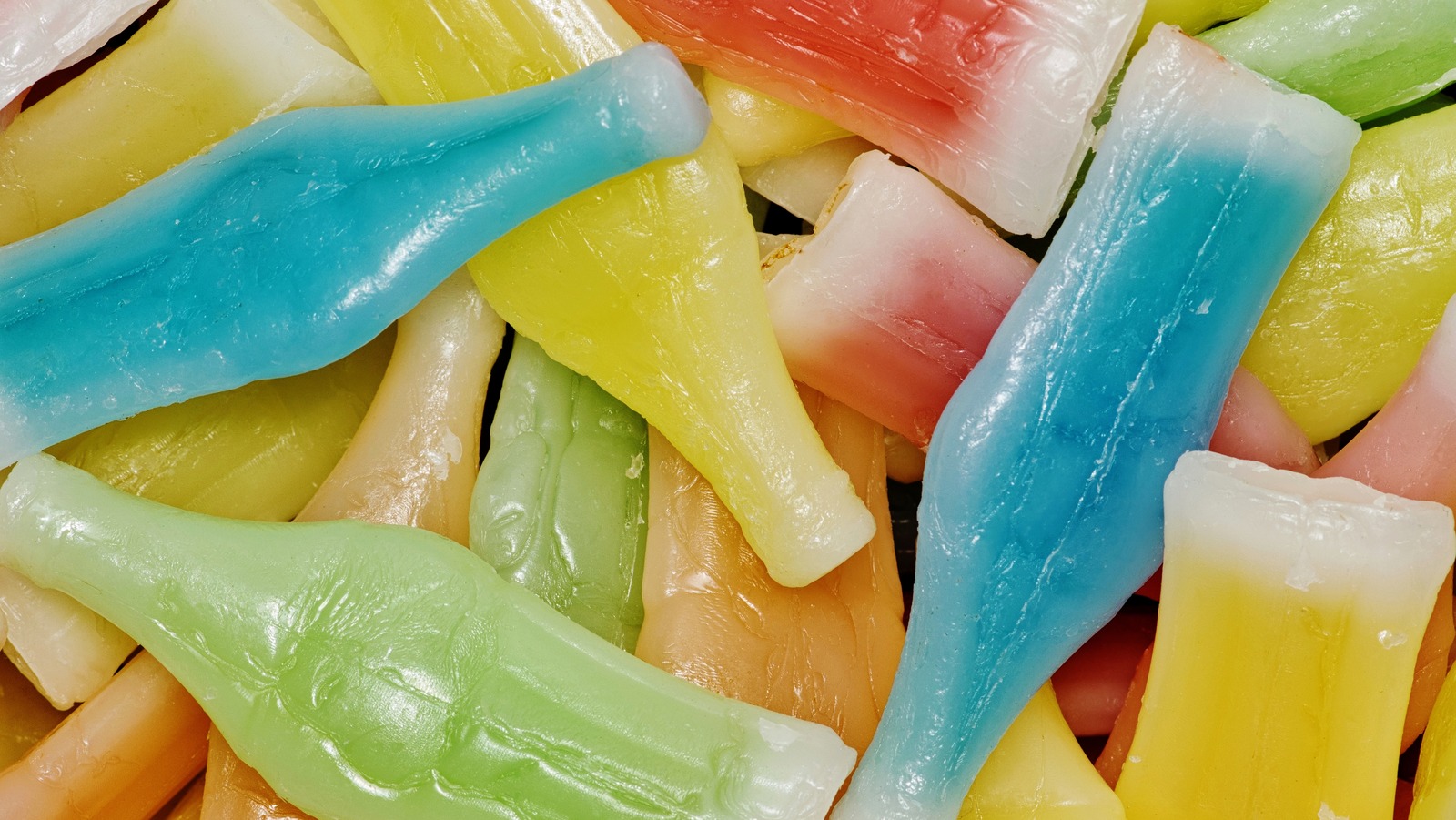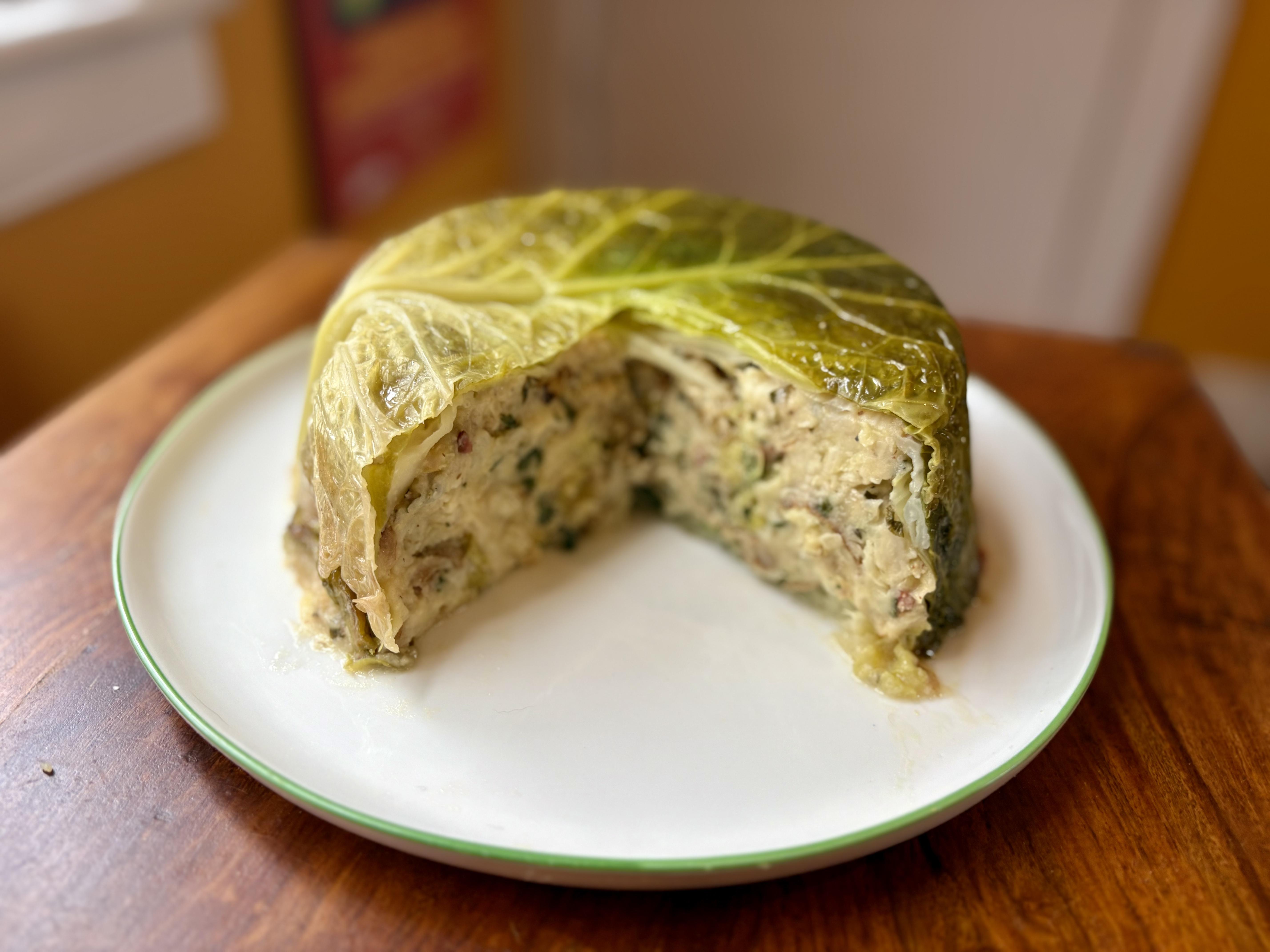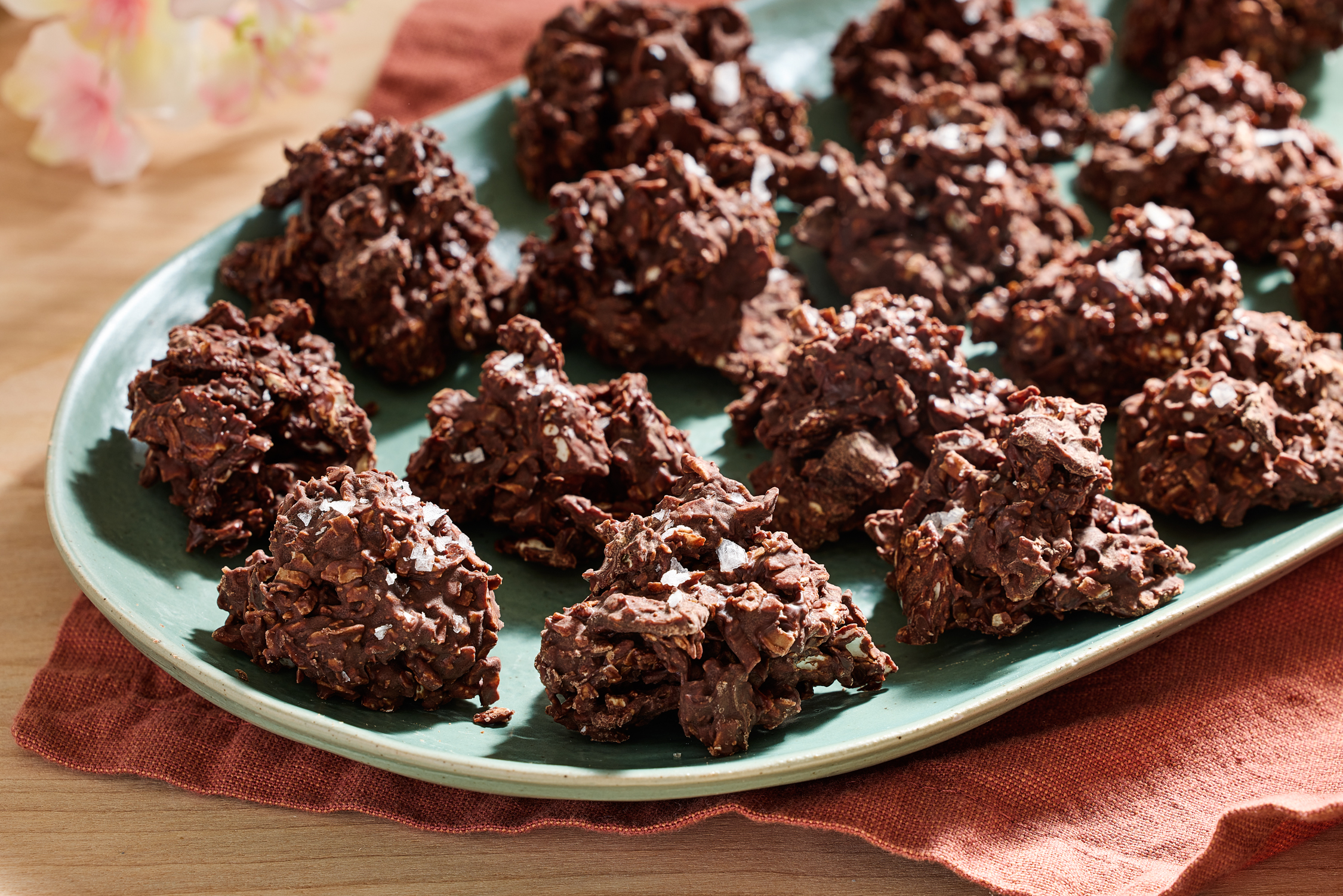As a child, I spent many summer days with family friends while my parents were at work. Occasionally (when we were well-behaved), us kids would get to hop into the back of the pick up truck and ride over to a little corner store to choose a candy. For me, I would always gravitate toward the wax bottle candies.
There was something so unique and, well, weird about them, knowing it was only the fruit-flavored corn syrup inside people were after. The idea was to bite the top off the wax bottle, squeeze out the liquid, and toss the rest of the bottle. Although the wax could be chewed, it wasn't meant to be swallowed.

If you did end up ingesting some, it wasn't a huge worry because they were made of food-grade, non-toxic wax (i.e. paraffin wax, a by-product of petroleum).
Besides the bottle-shaped candies, wax candy has taken the form of lips, mustaches, and fangs which you can put in your mouth and chew. Social media is currently full of DIY-ers making their own wax candies from melted paraffin or beeswax (which can also be safely swallowed). The melted wax is first poured into molds.
Once hardened, a filling is added (often in the form of ), more wax is poured on top, and the entire creation is frozen. Once cold, the wax candies can be eaten, sort of. It's still really only meant to be chewed, not swallowed.
So, really, folks are just eating a spoonful of jam they've encased in some petroleum wax. It might be a head-scratcher, but those wax bottles and lips aren't all that different. Edible wax isn't just for candies As it turns out, there's more food-grade wax on everyday foods than many people realize, often in the form of paraffin wax or .
Aside from wax bottles and ridiculous-looking lips, those sometimes contain a bit of paraffin wax in order to get their signature, enticing shine. In this case, the wax is incorporated into the chocolate, so you will swallow it. Some cheeses such as Gouda and Babybel rounds are coated in non-toxic wax.
Paraffin wax is also sprayed on certain fruits and vegetables to make them look shiny and enticing. It's also the choice wax for wax paper, which keeps food from sticking to pans. But, when it comes to food, wax is arguably most associated with candy.
The popular bottle-shaped candies have been produced for over a century, created by a man named Vinny Cavalo during America's prohibition era. In a jab to the unpopular law, the candies were deliberately shaped like bottles of alcohol. In a way, they showed the powers that be that, yes, people could in fact get their hands on bottles of questionable liquid, even if it was only sugar encased in wax.
Recommended.
Food

What Is Wax Candy Made Of Anyway?

Wax candy is having a moment on social media as home DIYers put their recipes online, but what exactly are people eating when they chomp on this candy?















